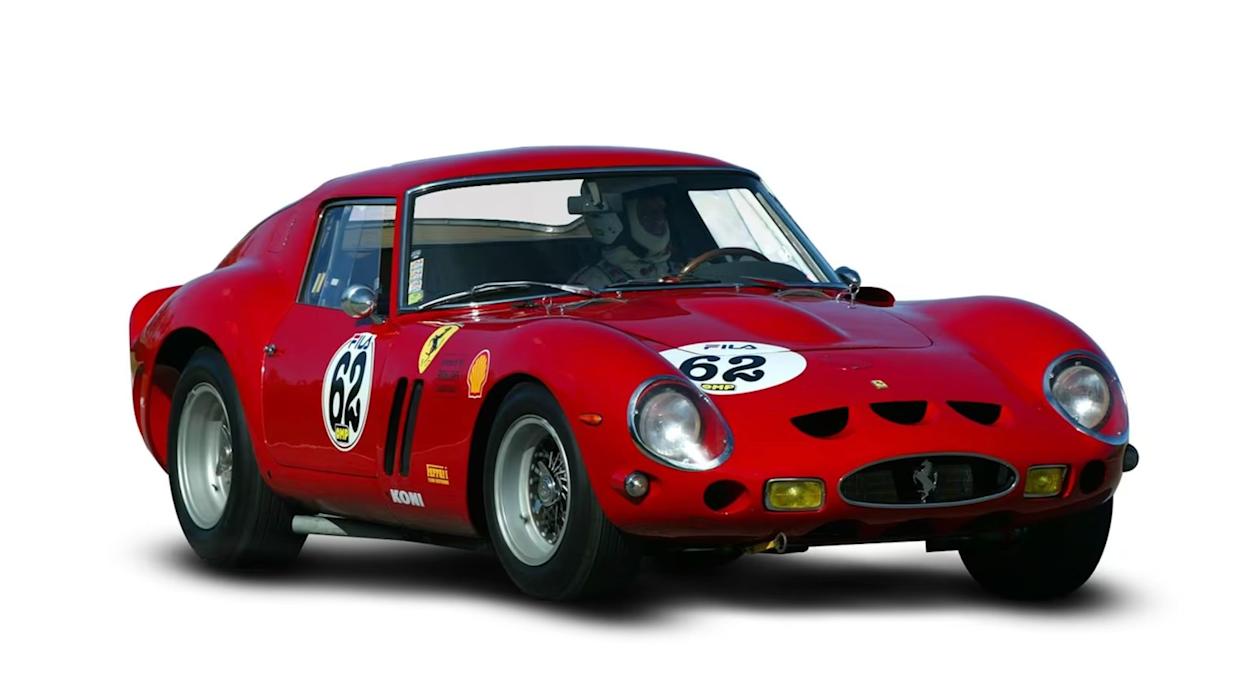
Few cars have traveled farther in the public imagination, or on the balance sheet, than Ferrari’s 250 GTO. Built in the early 1960s to satisfy racing homologation rules, the 36-car run is now the ultimate blue-chip collectible, capped by a widely reported $70 million private transaction in 2018. Its path from niche competition coupe to asset of staggering value owes as much to Enzo Ferrari’s personal gatekeeping as it does to the car’s silverware-studded résumé.
10 Must-Have Tools and Gear for the Modern Car Collector (Amazon Edition)
The GTO arrived at a moment when Ferrari’s racing emphasis defined the brand. Enzo Ferrari and North American importer Luigi Chinetti were known to vet prospective buyers, favoring drivers and patrons who would use the cars as intended. That exclusivity — coupled with meticulous, car-by-car provenance — seeded the mystique that now trails every GTO chassis number. Early owners included prominent racers, and each example’s competition record remains central to its standing.
Context matters. The GTO’s 3.0-liter Colombo V-12 traces to the 1950s 250 series and was part of a run of Ferrari successes that reshaped endurance racing. After 1958, Ferrari’s momentum swelled, culminating in a six-year streak of overall wins at Le Mans from 1960 to 1965. The GTO distilled that momentum into a road-legal package: lightweight construction, a competition-bred chassis and the versatile V-12 that powered multiple Ferrari victories. New, the car cost about $18,500 — a lofty sum for the period.
Values, however, didn’t climb in a straight line. According to period accounts and auction histories, GTOs changed hands cheaply in the late 1960s and early 1970s; one reportedly sold in 1969 for $2,500. Sentiment shifted late in the decade as collectors began to prize period-correct racers. In 1977, drummer and endurance racer Nick Mason paid £35,000 for chassis 3757GT — the first widely noted sale to exceed the original price when adjusted only for nominal dollars. A year later, another GTO cleared $100,000.
By the mid-1980s, figures accelerated. Designer Ralph Lauren reportedly bought chassis 3987GT in 1985 for $650,000. In 1987, a government seizure sale produced the first seven-figure result for the model. The late-1980s asset boom pushed a GTO past $10 million for the first time in 1989; the subsequent market correction saw at least one example trade for less in the mid-1990s. The long climb resumed in the 2000s, with documented sales crossing $10 million in 2004 and surpassing $22 million by 2008. Even during the 2010 financial hangover, a GTO reportedly brought $17.7 million. A decade later, the $70 million figure circulated for a private deal, underscoring the model’s singular status. (Some amounts derive from private transactions reported by sellers or intermediaries.)
Why this Ferrari, above all? Scarcity and success are obvious answers; so is continuity. Every example has a known chassis number, a paper trail and, often, period competition history. The car also marks a pivot: the closing chapter of front-engine V-12 GT dominance before prototype racing and regulations reshaped the sport. Finally, there is the intangible that money can’t quite price — the brand aura Ferrari cultivated by hand-selecting owners. The handshake mattered, because it separated mere purchase from admission.
Today, the 250 GTO functions as both artifact and benchmark. Auction houses calibrate expectations against it. Insurers and lenders treat it as a category of one. And within the broader collector market, it remains the rare case where provenance, competition pedigree and mythology are inseparable. The dollar figures may fluctuate, but the hierarchy has held: six decades on, the GTO still represents the moment racing purpose, brand control and design converged — and the moment a signature meant as much as a check.
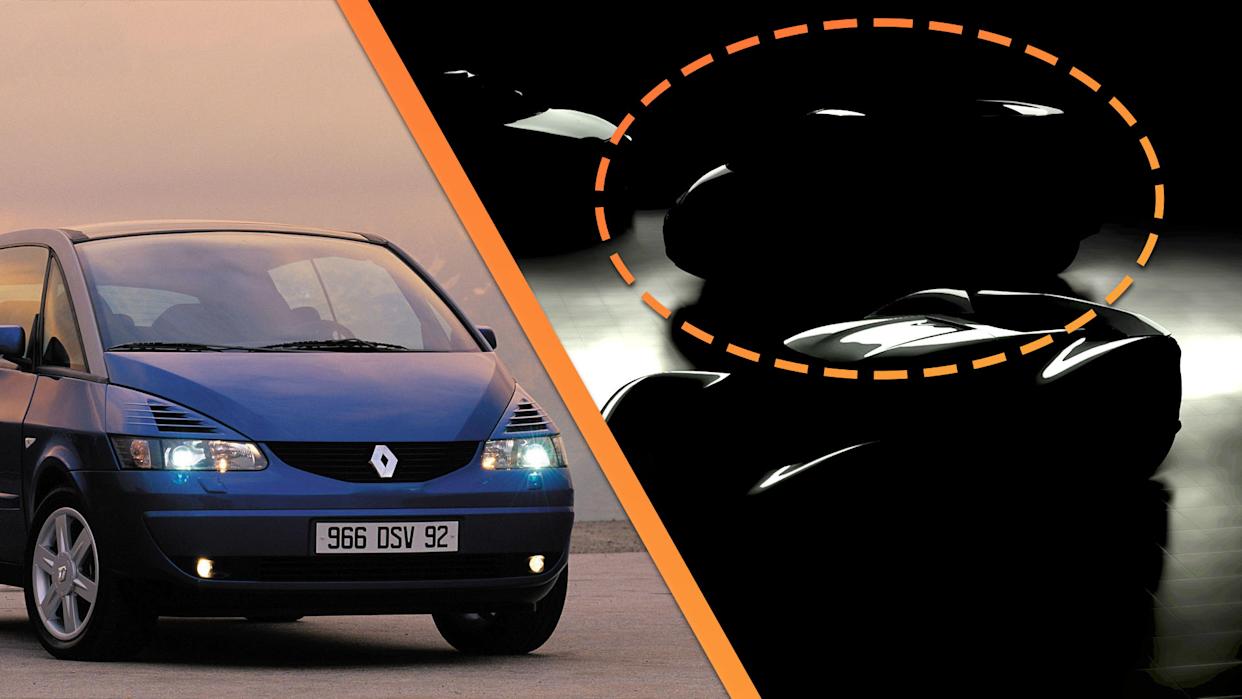
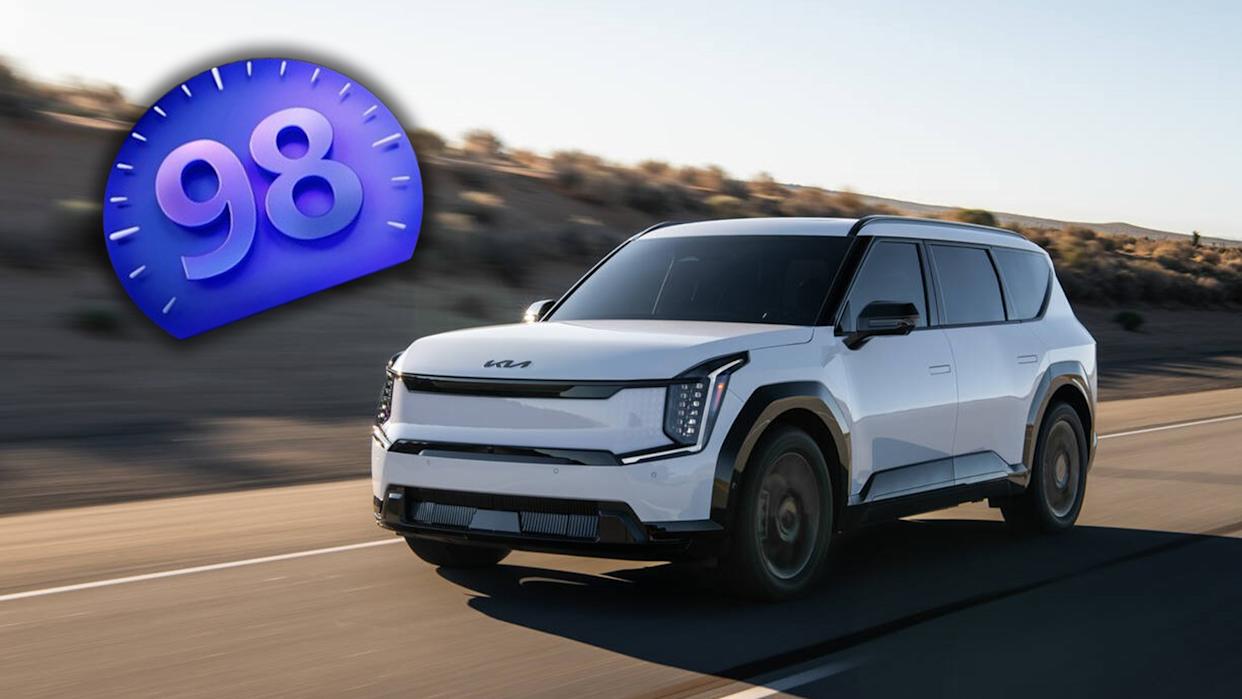

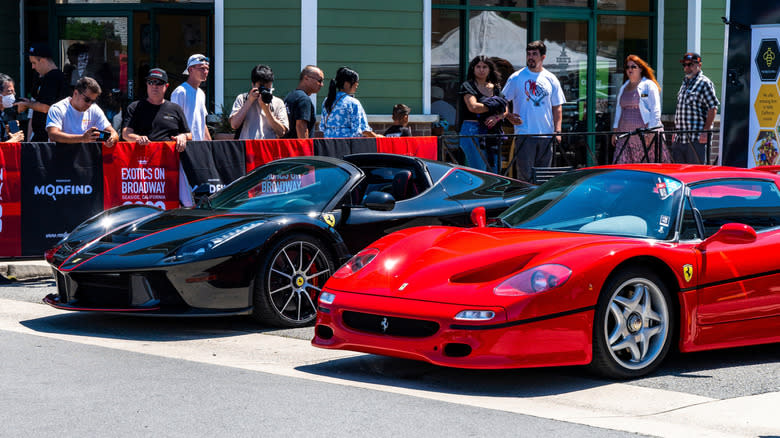
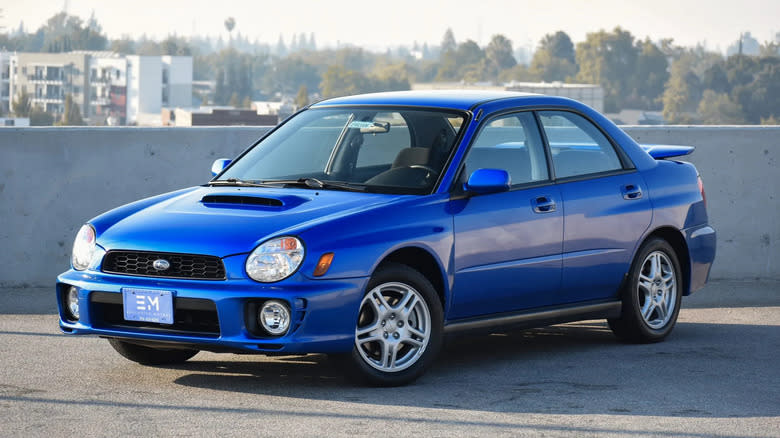
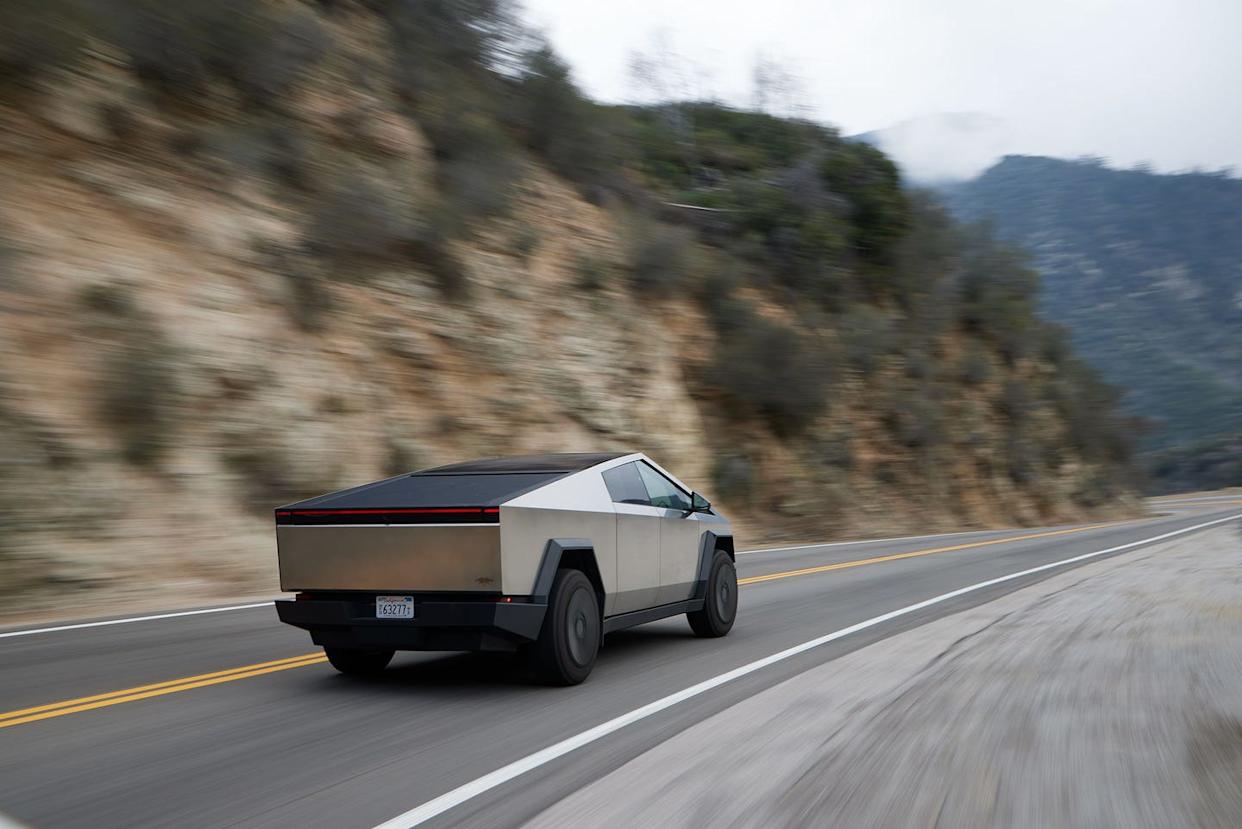
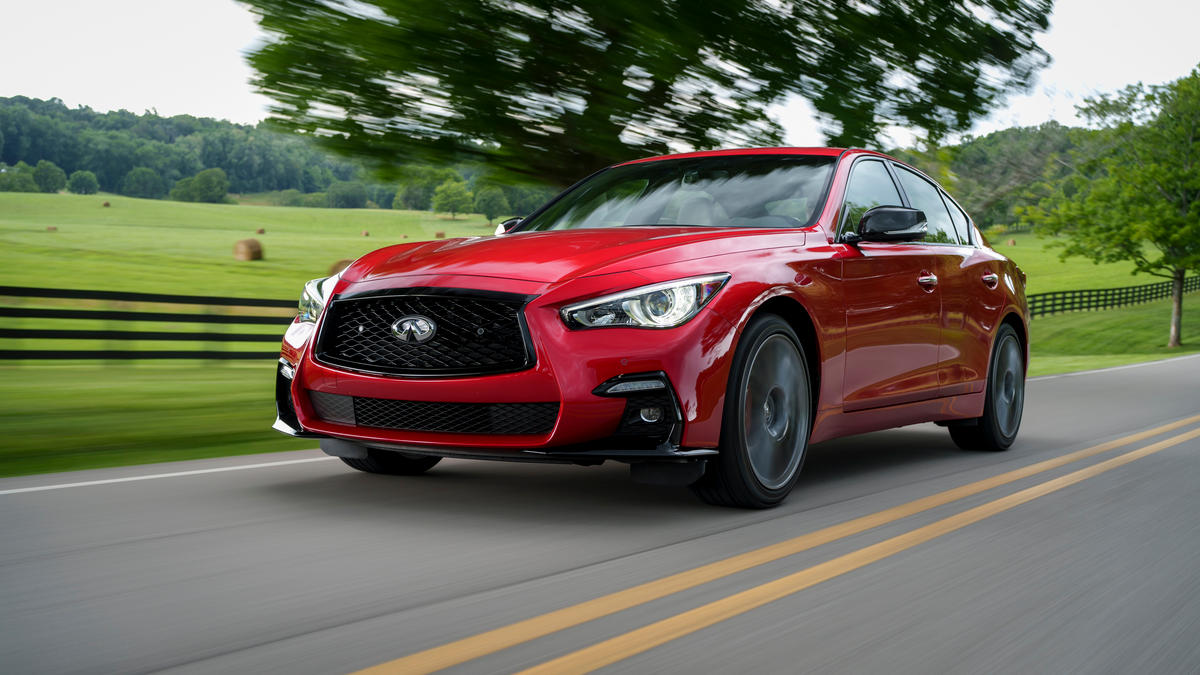
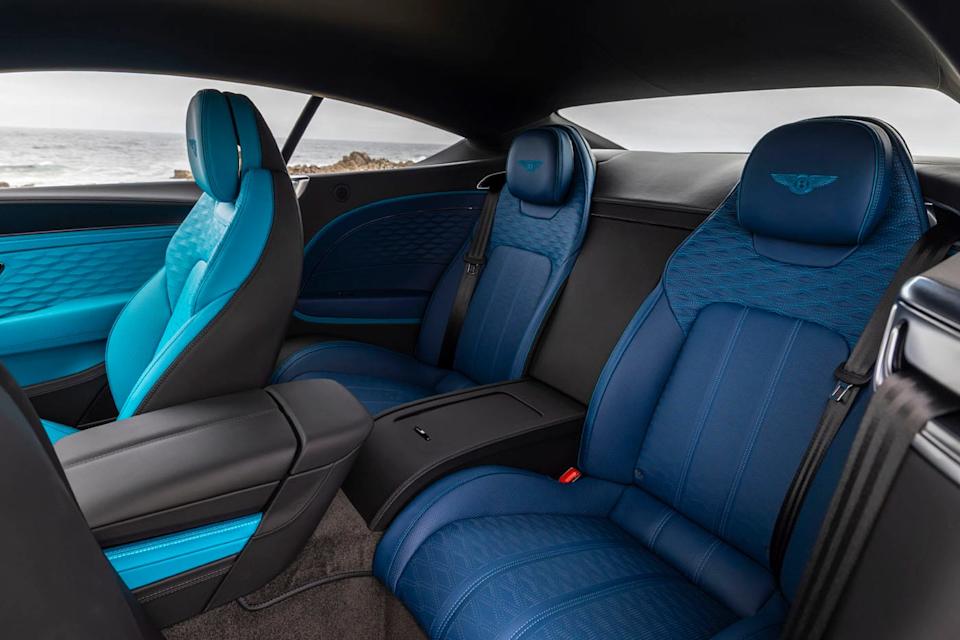
Comments